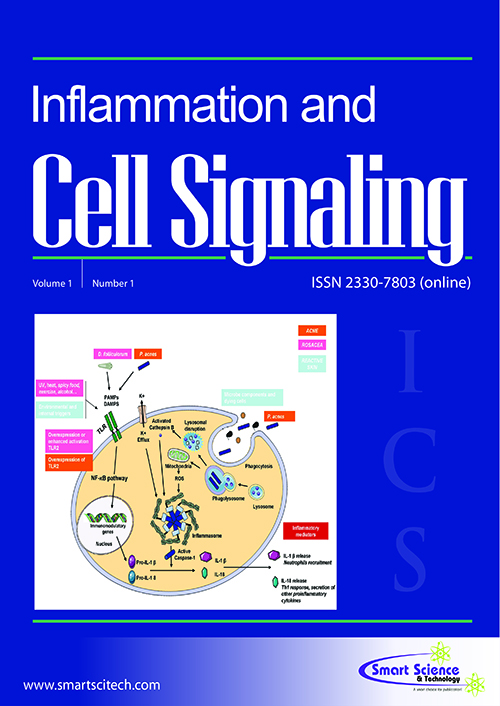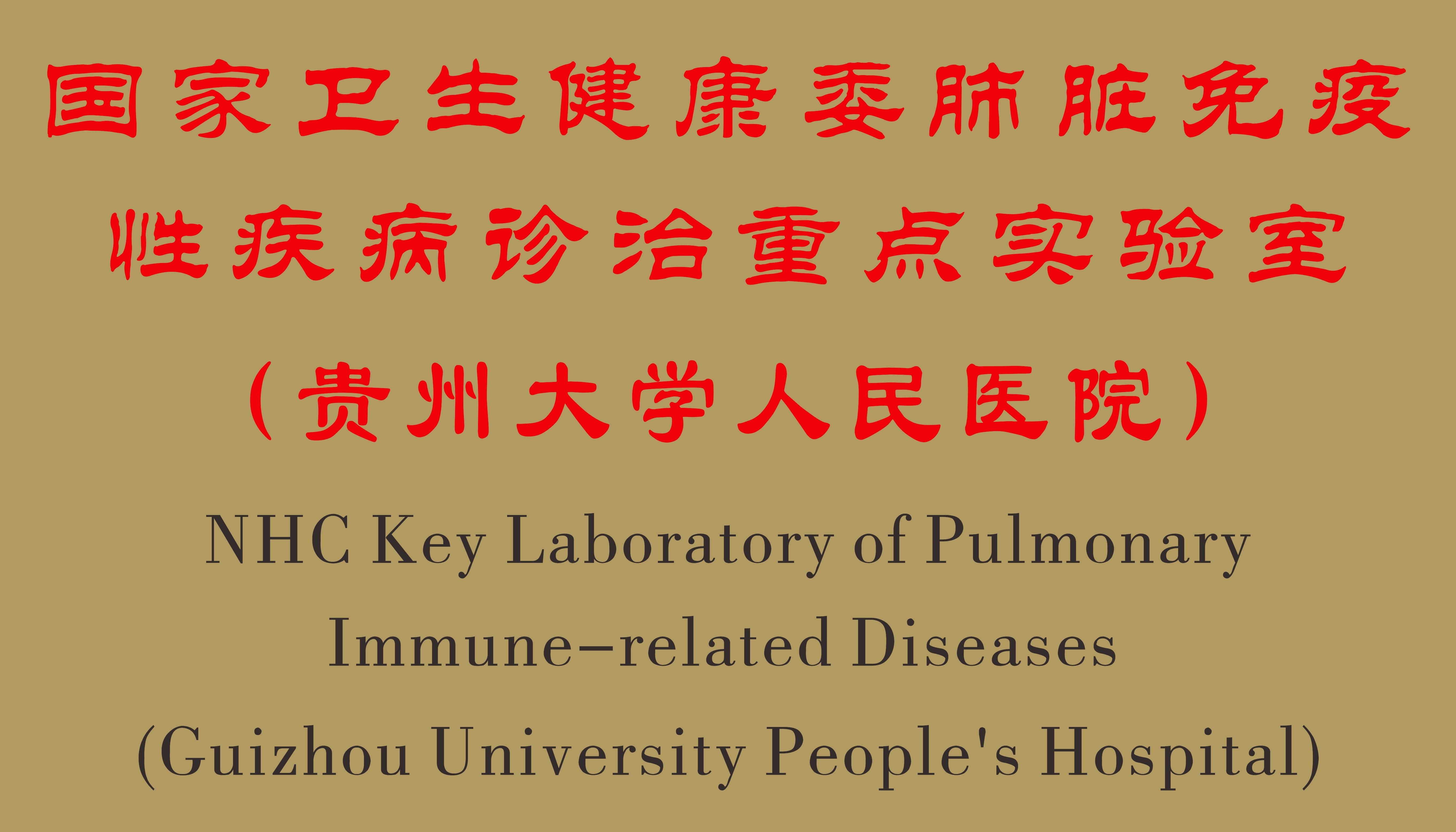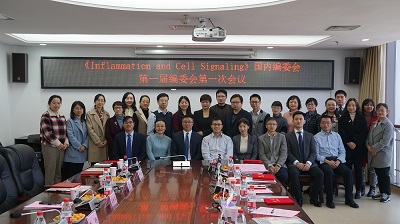Analysis of the imaging and clinical features of subsolid pulmonary nodules in stage IA non-small cell lung cancer
Abstract
The subsolid pulmonary nodules (SSPNs) in the imaging diagnosis of stage IA non-small cell lung cancer (NSCLC) is very important since they are closely related to early lung cancer. The CT imaging and pathology data of 230 patients with solitary pulmonary nodules (SPNs) who underwent thoracoscopic treatment at Guizhou Provincial People’s Hospital between July 2021 and June 2022 were collected. Based on postoperative pathology, the patients were divided into a benign group and a stage IA NSCLC group. The imaging and clinical features of SPNs in stage IA NSCLC were analysed. A total of 230 patients with SPNs were enrolled. There were 146 cases of SSPNs (including 34 cases of pure ground-glass opacities (pGGOs) and 112 cases of mixed GGOs (mGGOs)), and the incidence rate was significantly higher in the stage IA NSCLC group than in the benign group [96.7% (146/151) vs. 74.7% (59/79), P<0.05]. The overall malignancy rate of subsolid nodules was 71.2% (146/205); the malignancy rate of mGGO lesions was higher (75.2%) than that of pGGO lesions (60.7%) and solid nodules (20%). Malignant subsolid nodules mostly occurred in middle-aged women, mostly in the upper lobe of the lungs, with unclear edges and lobular signs, and accompanied by spur signs and pleural indentation signs (P<0.05). SSPNs are an important sign of lung cancer, and mGGO lesions have the highest malignant tendency. CT imaging findings such as unclear lesion edges, lobular signs, and pleural indentation signs are important for determining benign and malignant SSPNs. CT imaging manifestations are helpful for correctly assessing the nature of early SSPNs so that patients can receive timely and effective treatment.














